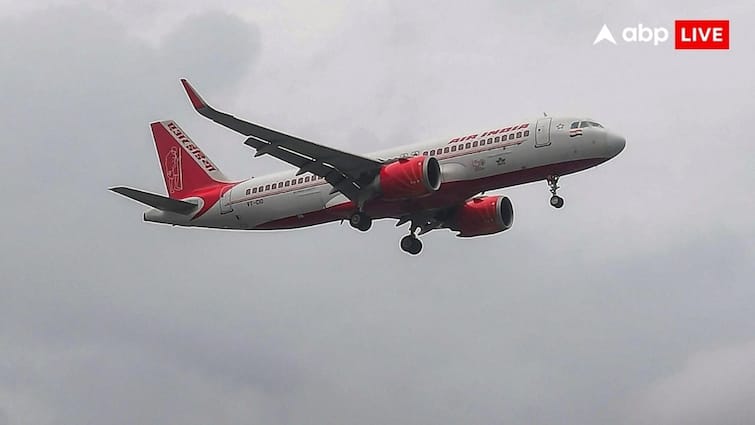The Directorate General of Civil Aviation (DGCA) has initiated a detailed investigation into an incident involving Air India flight AI117, which experienced an unexpected technical issue during its approach to Birmingham on October 4.
The Boeing 787 Dreamliner, operating from Amritsar to Birmingham, landed safely despite the automatic deployment of its Ram Air Turbine (RAT), a small emergency device that provides power to essential systems in the event of electrical failure. The deployment occurred at around 500 feet during the aircraft’s final descent.
The investigation follows a letter from the Federation of Indian Pilots (FIP) urging the DGCA to conduct a thorough inspection of the electrical systems across all Boeing 787s flying in India. The FIP emphasized that the incident highlights a potential systemic issue that must be addressed to ensure passenger safety.
On 04.10.2025 Air India B787-8 aircraft VT-ANO operated flight AI-117 (Amritsar- Birmingham). During landing at 400ft RAT unlock message came and RAT got deployed. Pilot did not report of any related abnormality. aircraft landed safely. Boeing recommended maintainance actions for…
— ANI (@ANI) October 6, 2025
Preliminary findings suggest that the aircraft’s health monitoring system detected a fault in the Bus Power Control Unit (BPCU), which may have triggered the RAT’s automatic release. According to the DGCA’s report, “On October 4, 2025, Air India’s B787-8 aircraft VT-ANO operating flight AI117 from Amritsar to Birmingham experienced a RAT unlock message during landing at 400 feet, leading to its deployment. The pilot did not report any related abnormalities, and the aircraft landed safely.”
Following the incident, Boeing recommended maintenance checks for uncommanded RAT deployments. Air India confirmed that these actions have been completed and no discrepancies were found, after which the aircraft was cleared to return to service. Boeing also circulated a Fleet Team Digest outlining similar occurrences in the past.
The DGCA has assigned an officer from its Directorate of Air Safety (Northern Region) to lead the investigation, which aims to determine the exact cause of the malfunction and prevent similar incidents in the future.


)
